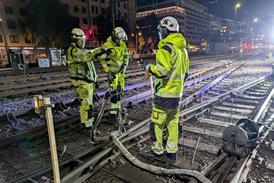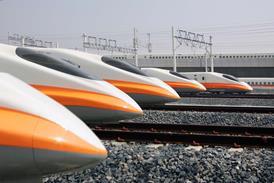Singapore – Malaysia metro agreement signed
By Metro Report International2018-01-16T14:50:25

ASIA: A bilateral agreement setting out how the Johor Bahru – Singapore Rapid Transit System Link cross-border metro project is to be undertaken was signed by the governments of Singapore and Malaysia on January 16.
Already have an account? LOG IN
To continue…
You’ve reached your limit of content for the month
Get enhanced access to Railway Gazette news and weekly newsletters.

For almost 200 years, the Railway Gazette Group has been the leading provider of news, analysis and intelligence for the international railway industry. Our independent and authoritative content is read by operators, regulators and the supply industry in over 140 countries using a variety of tailored subscription packages.
Site powered by Webvision Cloud



